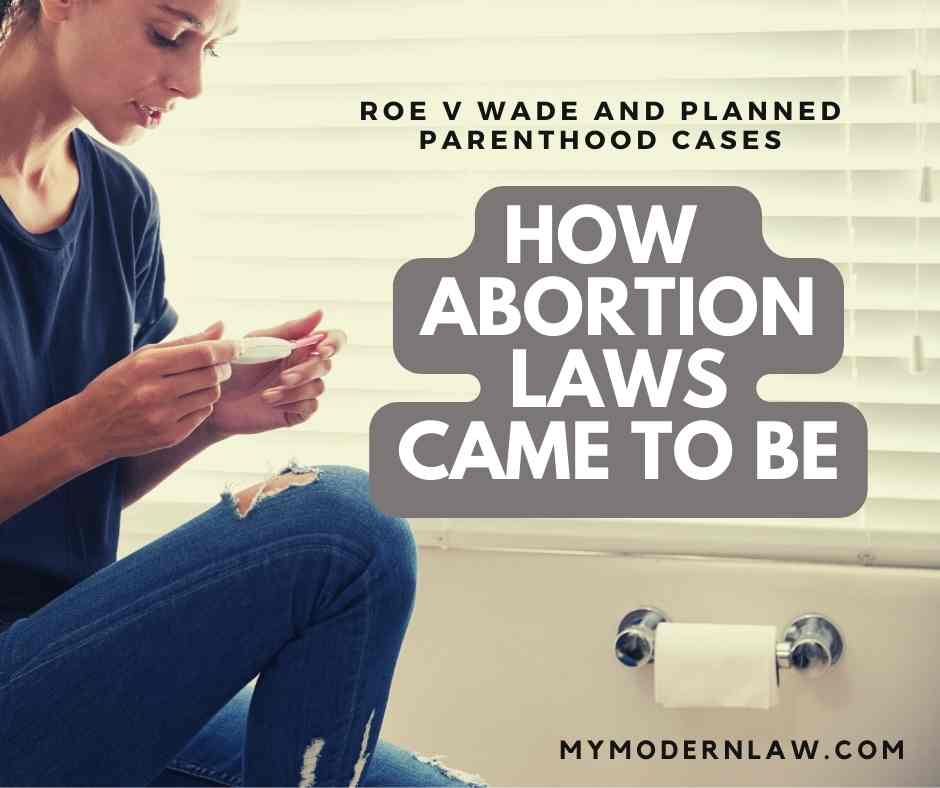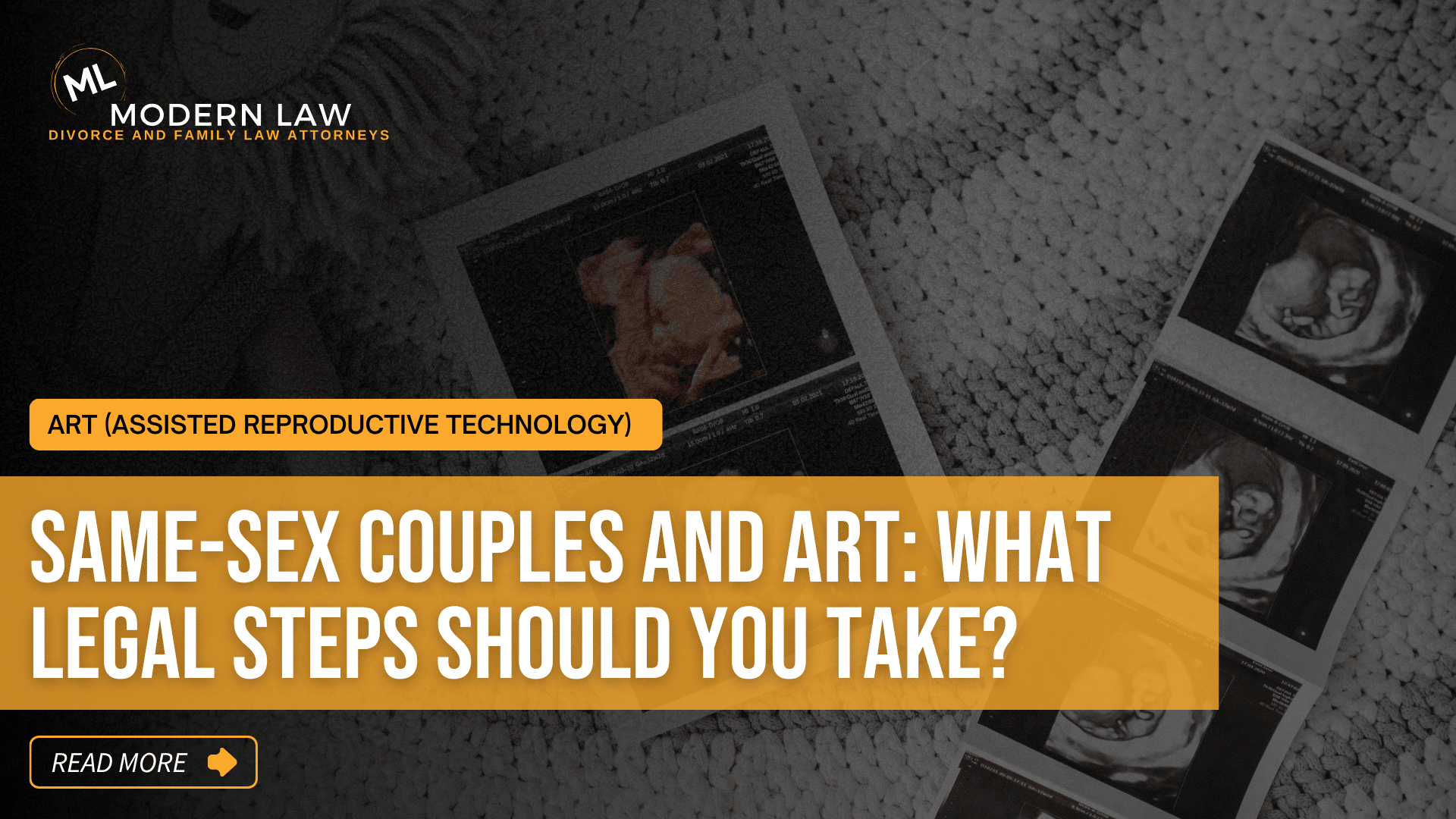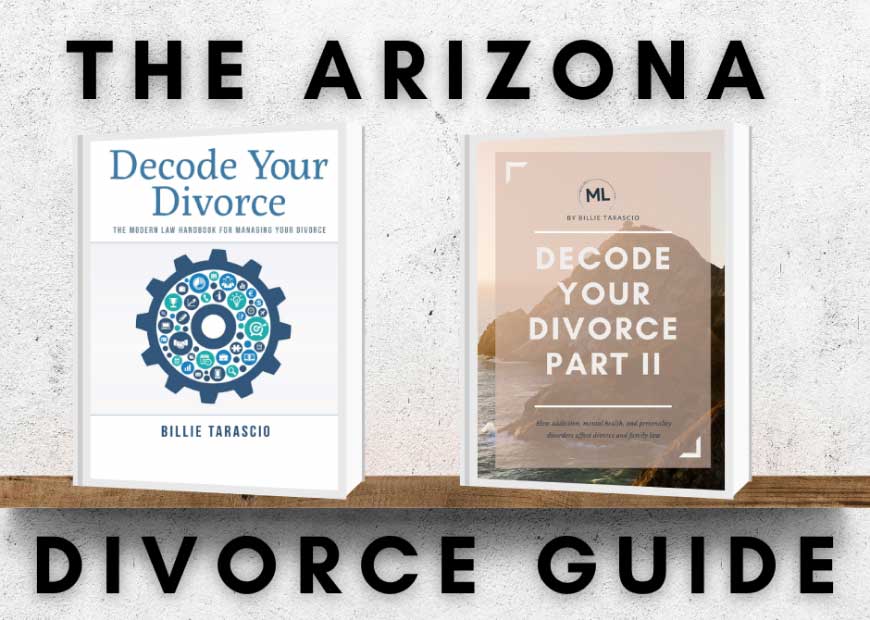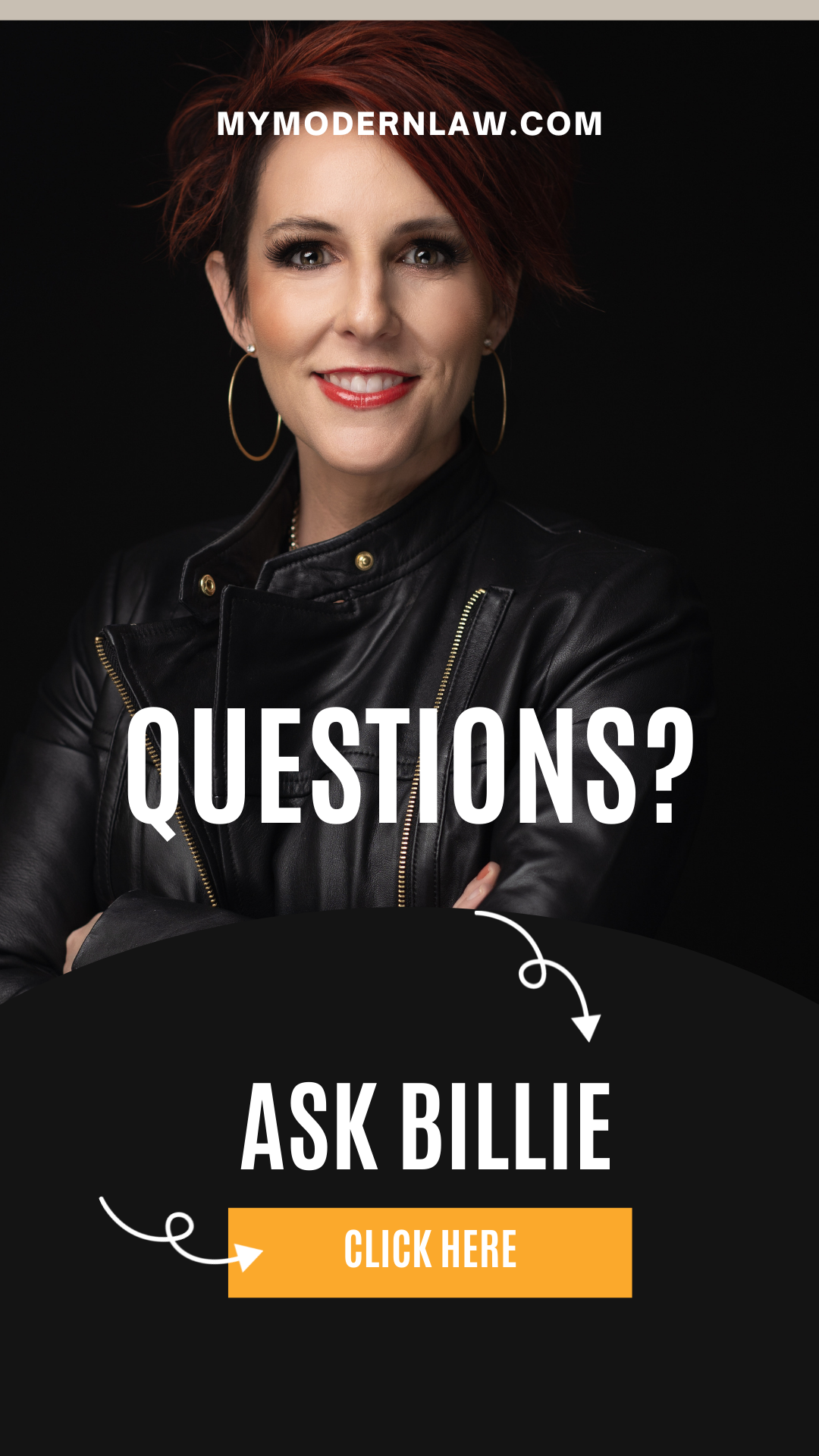It was on January 22, 1973, that the United States Supreme Court announced its decision in the Roe v. Wade case. This case was a challenge to a Texas statute that made it a criminal act to perform an abortion unless the woman’s life was at risk. The case was filed by a woman who wanted to legally and safely end her pregnancy.
Why Roe v. Wade Was Important
The court decided that the woman was right, and they sided with Roe. This was the first time that the right to privacy, guaranteed by the Constitution, was seen to be “broad enough to encompass a woman’s decision whether or not to terminate her pregnancy.”
Ultimately, this was the case that helped to change the laws and legalize abortion across the country. Before this, abortion was outlawed in most states. There were only certain instances where an abortion could be performed without repercussion. This included times when it was needed to save the woman’s life or to preserve her health, as well as in cases of rape, incest, and fetal anomaly.
What Roe v. Wade did was ensure that those types of laws were considered unconstitutional. This helped to ensure more options and safer abortion services. These services were made more accessible to women across the country. Before Roe, it was often difficult and dangerous for most women to get an abortion. Those who didn’t have the money needed to do so safely were often put at a huge risk.
Ultimately, it helped to improve the lives of women and families, although people don’t often realize it. In 1965, 17% of all deaths due to pregnancy and childbirth were the result of illegal abortions. However, today, fewer than 0.3% of women who have abortions require hospitalization.
Most believed that Roe v. Wade would stand forever, but that doesn’t mean that there haven’t been constant attempts to overturn it… and with the leak of Justice Samuel Alito’s draft opinion, it looks like we could be heading 50 years into the past very soon. Keep the name Alito in mind, as it plays into the next case we will be discussing.
This certainly wasn’t the only or first attempt to do away with Roe, of course. The case that did the most to make way for further restrictions on abortion access was Planned Parenthood of Southern Pennsylvania v. Casey.
Why Planned Parenthood v. Casey Was Important
In 1988 and 1989, the abortion laws in Pennsylvania changed. The state added more restrictions for those who were seeking to get an abortion. Some of the changes included needing informed consent and requiring a 24-hour waiting period before someone could get an abortion.
The state wanted to make sure that if a minor was getting an abortion, she had to get consent from at least one parent… even in cases where incest might have occurred. If a married woman wanted to get an abortion, she needed to say that she had told her husband.
These changes were restrictive, and doctors and abortion providers sued the state. This brought the case to the district court. The court agreed and count that the law was unconstitutional. However, the case then went to the appeals court, which said that the state’s restrictions were legal and allowed. The only one that they got rid of was the requirement for a woman to say she had received consent from her spouse.
The appeals court that made this decision to allow the state to keep those restrictions included none other than Alito. He was also the only judge that dissented when it came to requiring that a married woman get her husband’s permission. If it were up to him, that would have been added, as well.
The case then went to the Supreme Court. The court ruled in the favor of Planned Parenthood, ensuring that the right to abortion was protected. However, it is important to note that the case did create some big changes.
The trimester framework, which had set the standards on when abortions could be restricted, was fundamentally changed. The right to get an abortion was still there, but the court said that the state had an interest in potential life and that the new standard of “undue burden” needed to be applied.
This means that as long as the restriction a state has in place doesn’t add an extra burden or substantial obstacle to the person seeking the abortion, the restriction is still allowed. It was this change that has allowed for abortion restrictions and changes to have taken place since 1992 when the case was decided.
Of course, as you can imagine, it does get tricky because who gets to determine what is and is not an undue burden. Something that might burden one person may not be as much of a problem to another. The case made it possible for states to add more and more restrictions. Determining what was an undue burden was and is often subjective.
Someone making the rules and enforcing them who has a lot of wealth and a good job where they can take time off will not be burdened if there is a counseling requirement and a 24-hour wait period for the abortion. However, someone who doesn’t have the wealth and who can’t take as much time away from work would be burdened. There are flaws to the system, and it appears as though things are going to be getting worse.
The new laws being enacted by states seem to be taking the ban on abortion to new levels that are even more restrictive than they were before Roe v. Wade. In the past, most states at least allowed for abortions for the mother’s health, for cases of incest, rape, etc. However, with the recent laws and movement of many conservative states, it appears that even those exceptions will no longer be granted. It is, undoubtedly, a very frightening time for many.







